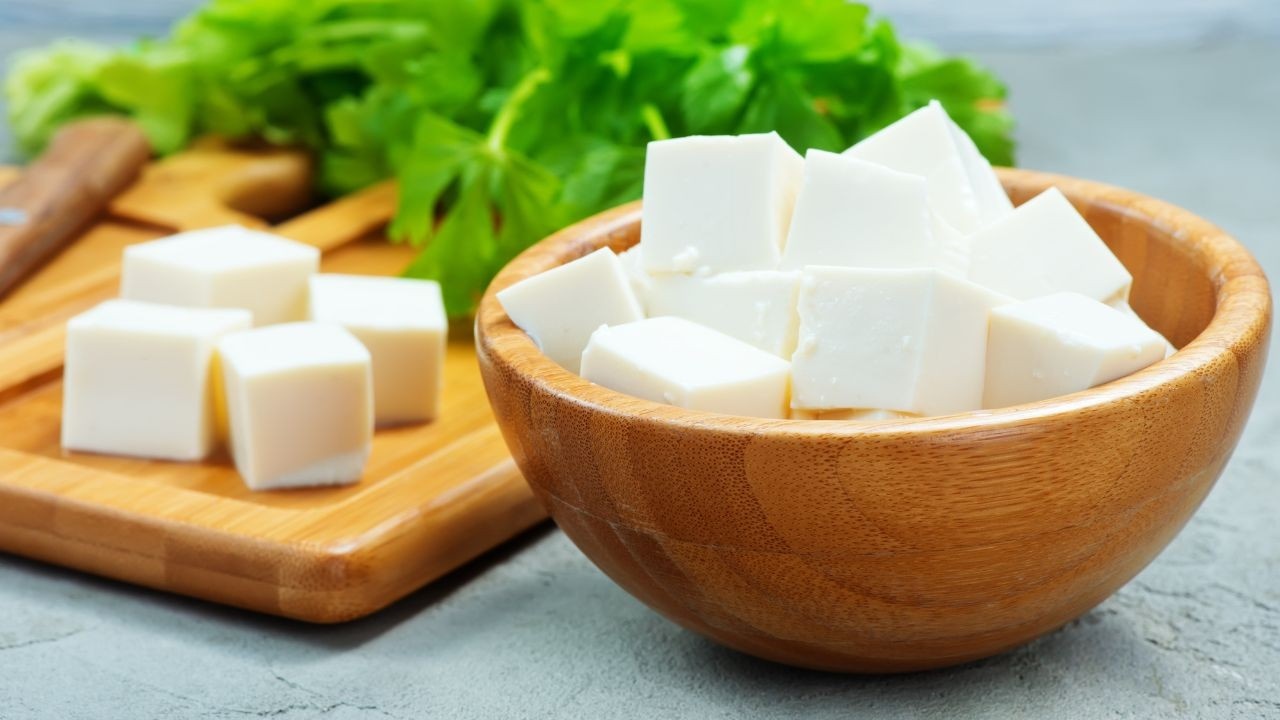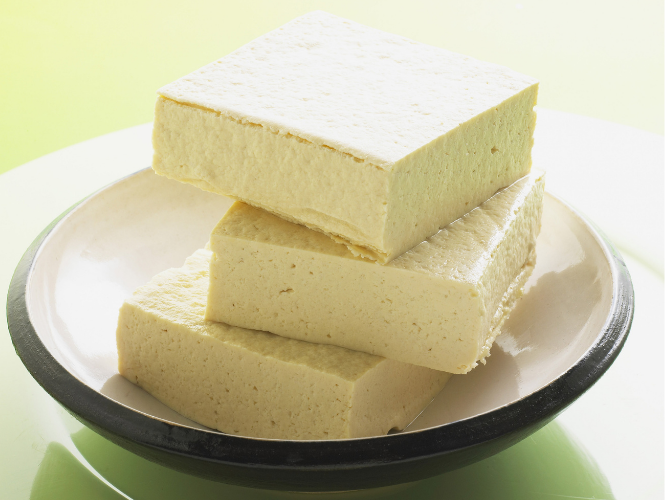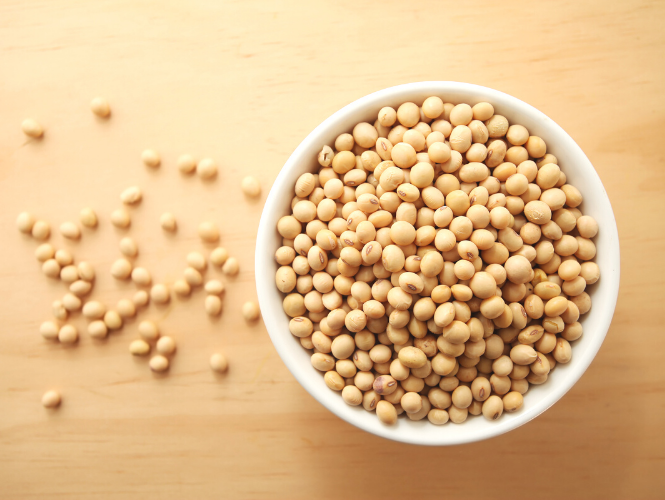What Is Tofu Made of and Is It Safe To Eat?
Mar 28, 2022
As you are beginning a plant-based diet, you’ll likely find that there are lots of new and unfamiliar plant-based ingredients and foods around you. That’s absolutely fine, because this is part of the fun of plant-based eating – it gives you the opportunity to try many new foods and find new food favorites. So let’s take one of those foods today – tofu - and learn more about it!
What Is Tofu Made of & Is It Safe to Eat?
You may have heard of tofu or have even seen tofu in a grocery store or restaurant before, but never tried cooking with it. Maybe you’re wondering what it is, and if it’s worth buying and trying.
If this is you, here below are some frequently asked questions (FAQs) about tofu that might help demystify this nutrient-packed plant-based food for you:
Tofu 101 - What Exactly Is It?
Also known as ‘bean curd’, tofu is derived from soybeans and has been enjoyed for centuries in Asian cultures. Soybeans are part of the legume family, with beans, lentils, chickpeas and peanuts.
To make tofu, dried soybeans are first soaked in water, then crushed and boiled. This mixture is then separated into the solid pulp and soy “milk.” After this, salt coagulants (like calcium and magnesium chlorides and sulfates), are added to the soy milk to separate the curds from the whey. The soy milk is then poured into molds so that the whey can drain off. Eventually, soft cakes of tofu are formed and these are stored under water until sold in water-filled containers.

What Does Tofu Taste Like?
Tofu is typically white or off-white in color and has a very mild, neutral taste. However, texture-wise tofu comes in many different levels of firmness (from extra soft to extra firm) due to different methods of production. You can use various tofu textures for different purposes. For example, the best tofu for stir fry dishes is firm tofu as it doesn't crumble as easily in the pan. Most forms of tofu need to be refrigerated unless the tofu is sold in aseptic or shelf-stable packaging.
Is Tofu Safe to Eat?
Contrary to many common myths surrounding soy, soybeans and soybean products are actually healthful to include in one’s meals (unless you have a soy allergy), are disease-fighting and are nutrient-packed too.
Soybeans naturally contain a class of phytoestrogen compounds called isoflavones. Although these are similar in chemical structure to estrogen, isoflavones actually have different but beneficial effects on various parts of our bodies. For example, research has shown that increased soy consumption is associated with benefits such as less breast cancer development, a lower recurrence rate of breast cancer, and less prostate cancer risk.
There are also no adverse effects on children and adults consuming reasonable amounts of soy. Children grow and develop normally, and in both genders there are no negative effects on hormone levels or reproductive function.
My Recommendations
For optimal health, it is best to choose organic or non-GMO soy as much as possible in its whole form or in minimally processed versions. (Non-GMO stands for non-genetically modified organisms.)
There are many forms of unprocessed or minimally processed soy that you can enjoy. These include dried, canned or roasted soybeans, edamame, tempeh, tofu, natto (which is a fermented dish of soybeans) and calcium & vitamin D fortified soy milk.
I hope you are feeling more comfortable now in your transition to a plant-based diet, and with using soy. In my next article, I’ll be talking about tofu nutrition and some of the top ways to use it in plant-based cooking, so stay tuned!
(Source: Tofu. Revised and updated by Kara Rogers. Britannica. https://www.britannica.com/topic/tofu. Accessed March 22, 2022.)



